When it comes to choosing the perfect pair of sandals, the decision seemingly comes down to personal preference. While both leather and rubber sandals offer unique features and benefits, it’s essential to understand the differences between the two materials before making a purchase. In this article, we aim to unravel the strengths and weaknesses of leather sandals, as well as rubber sandals, to help you make an informed decision. Durability and Longevity: Leather sandals are celebrated for their exceptional durability and longevity. Leather offers a sturdiness that withstands the test of time, making them a long-term investment. With proper care, leather sandals can last for years, becoming more comfortable and appealing with age. On the other hand, rubber sandals excel in durability due to their innate resistance to wear and tear. The flexible rubber sole is less likely to crack or bend over time, making rubber sandals a reliable choice for those seeking long-lasting footwear.
.
 Comfort and Fit: One of the most critical factors in choosing sandals is comfort. Leather sandals are known for their ability to mold to the shape of the wearer’s foot over time. The natural flexibility of leather allows for a customized fit, providing all-day comfort. Additionally, leather has breathable properties, keeping your feet cool and preventing unpleasant odors. Conversely, rubber sandals often provide immediate comfort without requiring any break-in period. The soft and cushiony nature of rubber soles makes them a preferred choice for individuals who prioritize instant comfort.
Comfort and Fit: One of the most critical factors in choosing sandals is comfort. Leather sandals are known for their ability to mold to the shape of the wearer’s foot over time. The natural flexibility of leather allows for a customized fit, providing all-day comfort. Additionally, leather has breathable properties, keeping your feet cool and preventing unpleasant odors. Conversely, rubber sandals often provide immediate comfort without requiring any break-in period. The soft and cushiony nature of rubber soles makes them a preferred choice for individuals who prioritize instant comfort.
..
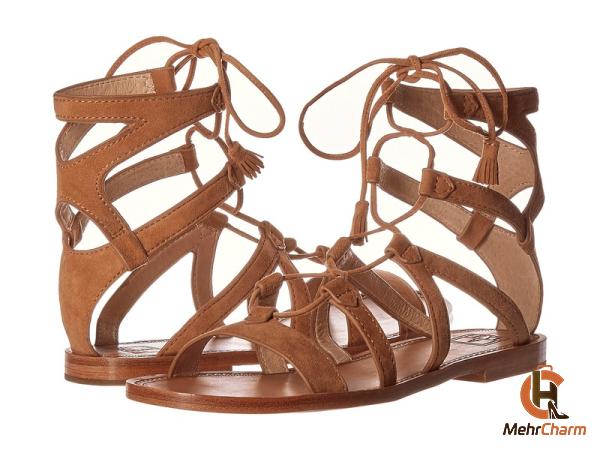 Style and Fashion: When it comes to elegance and sophistication, leather sandals have long been considered the go-to choice. Leather offerings come in a variety of styles, including strappy designs, intricate patterns, and intricate detailing. Leather is a timeless material synonymous with classic fashion, making it suitable for both casual and dressier occasions. On the other hand, rubber sandals are acknowledged for their versatility and practicality. They come in a wide range of colors, patterns, and innovative designs, catering to individual tastes and preferences. Traction and Grip: Another crucial aspect to consider when comparing leather and rubber sandals is traction. Leather soles tend to offer less traction, especially on slippery surfaces. Rubber sandals, on the other hand, excel in providing excellent grip and traction due to their inherent slip-resistant properties.
Style and Fashion: When it comes to elegance and sophistication, leather sandals have long been considered the go-to choice. Leather offerings come in a variety of styles, including strappy designs, intricate patterns, and intricate detailing. Leather is a timeless material synonymous with classic fashion, making it suitable for both casual and dressier occasions. On the other hand, rubber sandals are acknowledged for their versatility and practicality. They come in a wide range of colors, patterns, and innovative designs, catering to individual tastes and preferences. Traction and Grip: Another crucial aspect to consider when comparing leather and rubber sandals is traction. Leather soles tend to offer less traction, especially on slippery surfaces. Rubber sandals, on the other hand, excel in providing excellent grip and traction due to their inherent slip-resistant properties.
…
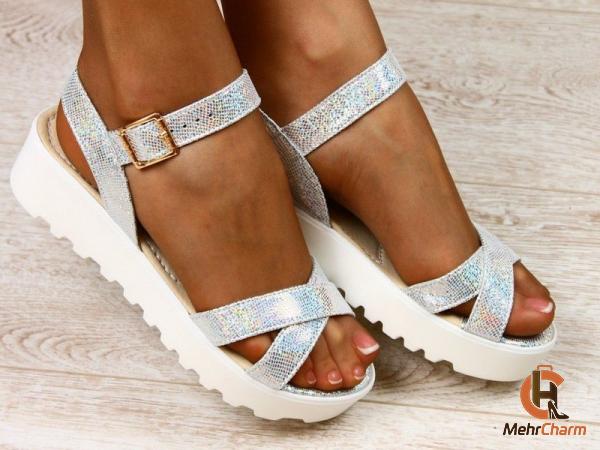 Rubber soles ensure stability and reduce the risk of accidental slips or falls, making them ideal for outdoor activities and water-related adventures. Maintenance and Care: Proper care and maintenance are vital for preserving the lifespan of your sandals. Leather sandals require regular upkeep, including cleaning, conditioning, and occasional polishing to maintain their supple nature. Rubber sandals, however, typically only need to be wiped down with a damp cloth to remove any dirt or debris. They are inherently resistant to water and moisture, making them easy to clean and maintain. Conclusion: In the leather vs rubber sandals battle, both materials have their unique attributes and strengths. Choosing between the two ultimately depends on your personal preferences, lifestyle, and needs. Leather sandals bring durability, elegance, and a customized fit, while rubber sandals offer immediate comfort, versatility, and excellent traction. By considering these factors, you can make an informed decision that ensures you find the perfect pair of sandals to suit your style and requirements.
Rubber soles ensure stability and reduce the risk of accidental slips or falls, making them ideal for outdoor activities and water-related adventures. Maintenance and Care: Proper care and maintenance are vital for preserving the lifespan of your sandals. Leather sandals require regular upkeep, including cleaning, conditioning, and occasional polishing to maintain their supple nature. Rubber sandals, however, typically only need to be wiped down with a damp cloth to remove any dirt or debris. They are inherently resistant to water and moisture, making them easy to clean and maintain. Conclusion: In the leather vs rubber sandals battle, both materials have their unique attributes and strengths. Choosing between the two ultimately depends on your personal preferences, lifestyle, and needs. Leather sandals bring durability, elegance, and a customized fit, while rubber sandals offer immediate comfort, versatility, and excellent traction. By considering these factors, you can make an informed decision that ensures you find the perfect pair of sandals to suit your style and requirements.
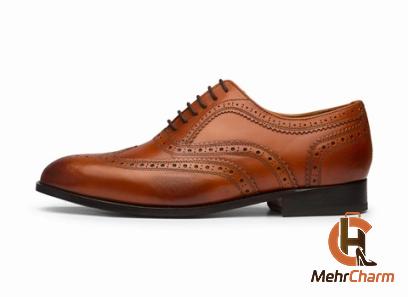

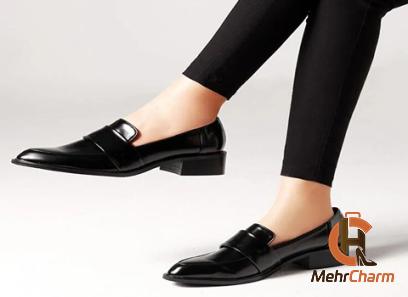
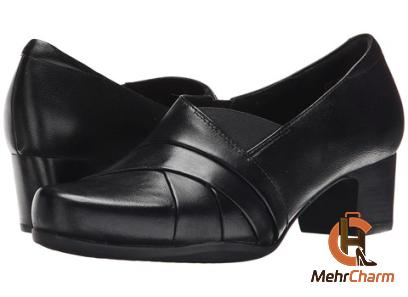

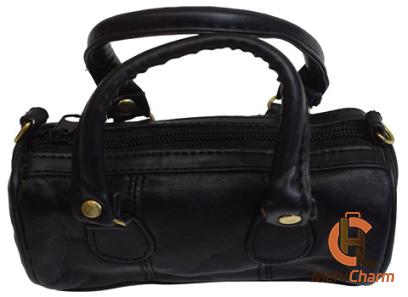

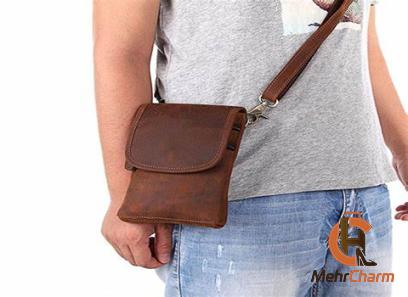

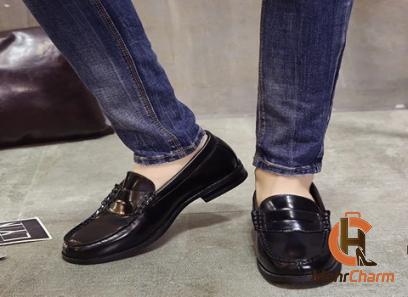
Your comment submitted.